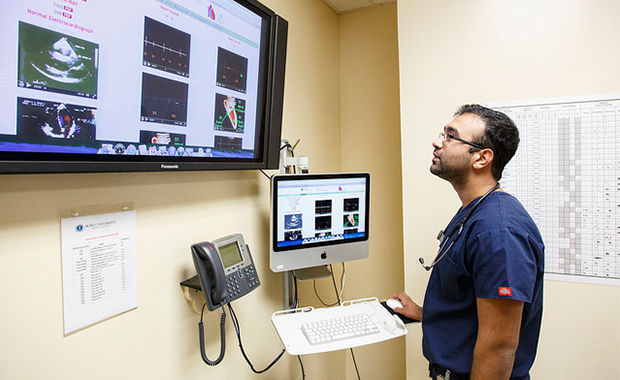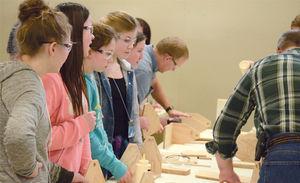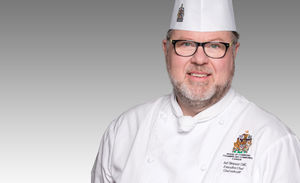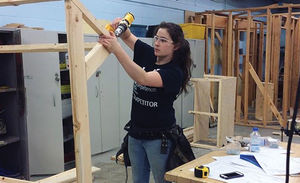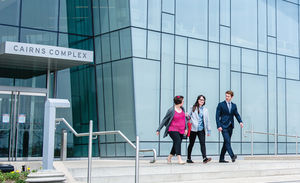Athletic Therapy: Thinking On Your Feet
Career Opportunities A career in athletic therapy demands learning to think on your feet.
Rob Milette was treating players in the visitor’s dressing room at PNC Arena in North Carolina, when someone screamed for help. Milette, the Winnipeg Jets head athletic therapist, ran onto the ice and saw defenceman Zach Redmond lying in a pool of blood. A teammate’s skate had sliced open his right femoral artery and vein. His life was in immediate danger.
Milette and his assistants sprang into action, ensuring that enough pressure was applied to stanch the flow of blood and that Redmond stayed conscious. They got the athlete on a spinal board and applied oxygen while waiting for the ambulance. Redmond survived the injury and returned to the ice that season. Much of the credit went to Milette and his assistants.
Certification processes in Canada
Milette belongs to the Canadian Athletic Therapists Association, which has one of the more stringent certification processes in the Canadian health care system. To earn the designation CAT(C), CATA requires its members to log 1,200 hours on-field and in-clinic, take the National Certification Exam and hold a valid First Responder certificate so they can provide emergency care. Few will face life-and-death scenarios but their careers in athletic therapy are challenging and rewarding, nonetheless.
In her job at the Elliott Sports Medicine Clinic in Burlington, Ont., Erin MacDonald draws on her specialized knowledge of the human musculoskeletal system to help with prevention, assessment and rehabilitation of injuries and conditions of the bones, muscles, and joints.
“Our goal is to help our clients return to their usual activities”
Athletic therapists adhere to the Sports Medicine Model of care. They treat a wide range of patients, from kids with sports injuries to seniors recovering from hip replacement surgery, using various manual therapies, modalities, exercise prescription and even bracing and taping. The treatment varies but the objective doesn’t. “Our goal is to help our clients return to their usual activities,” she says, “whether that means playing competitive sports or walking to the mailbox and back.”
A collaborative process
Her job involves a degree of problem solving. When the cause of a client’s dysfunction is not immediately clear, MacDonald figures it out by the process of elimination. “If one treatment doesn’t work you try another one, and you evaluate as you go,” she says. “As an athletic therapist, you have to be thinking on your feet.” It was through this process that MacDonald determined that a female hockey player who suffered from deep buttock pain when she reached for the puck had a hip labral tear.
When MacDonald isn’t able to assess the problem on her own, she turns to her colleagues. Like many sports medicine clinics, the one where she works employs a variety of health care professionals.
MacDonald says working with her clients is also a collaborative process. “Clients contribute to their own recovery by following a stretching and strengthening program that I create. They’re motivated to return to their activities and we work together to make that happen. It’s incredibly rewarding.”
Few are more motivated than elite athletes to get back to their sport. “There’s a lot of pressure that comes with working in professional sports,” says Milette. “But I love my job. I look forward to coming to work every day.”



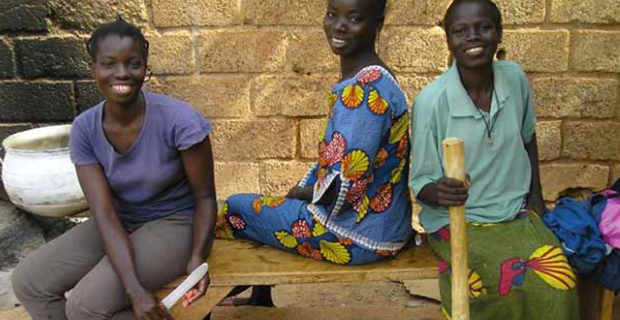

.jpg)
